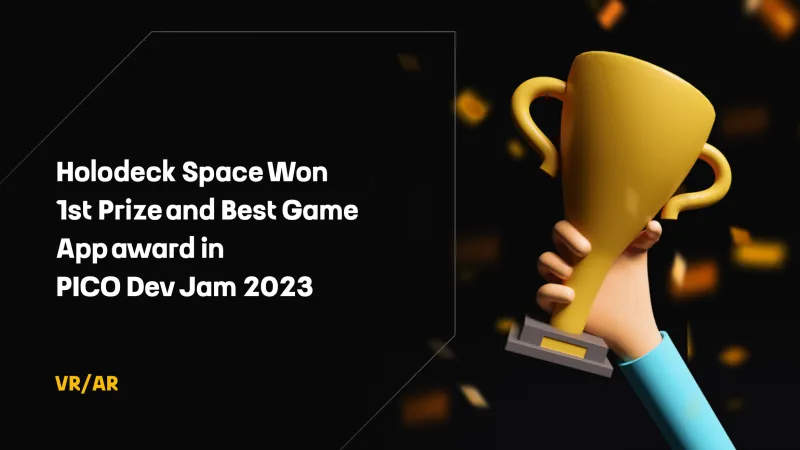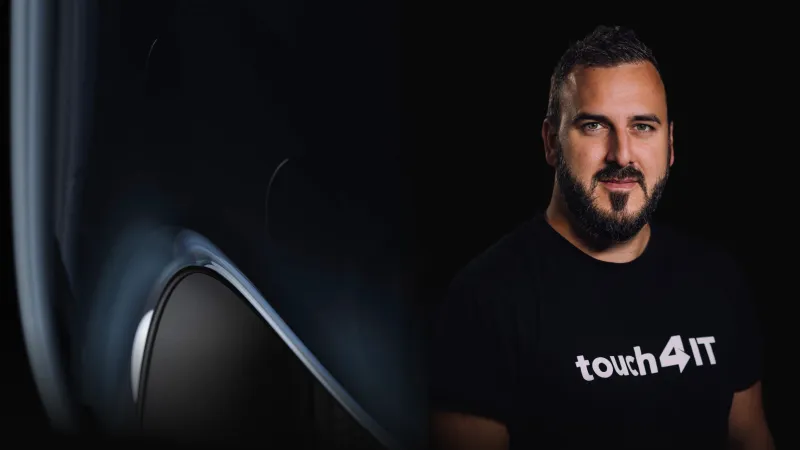Collaborative Mixed Reality: Transforming the Workplace of Tomorrow
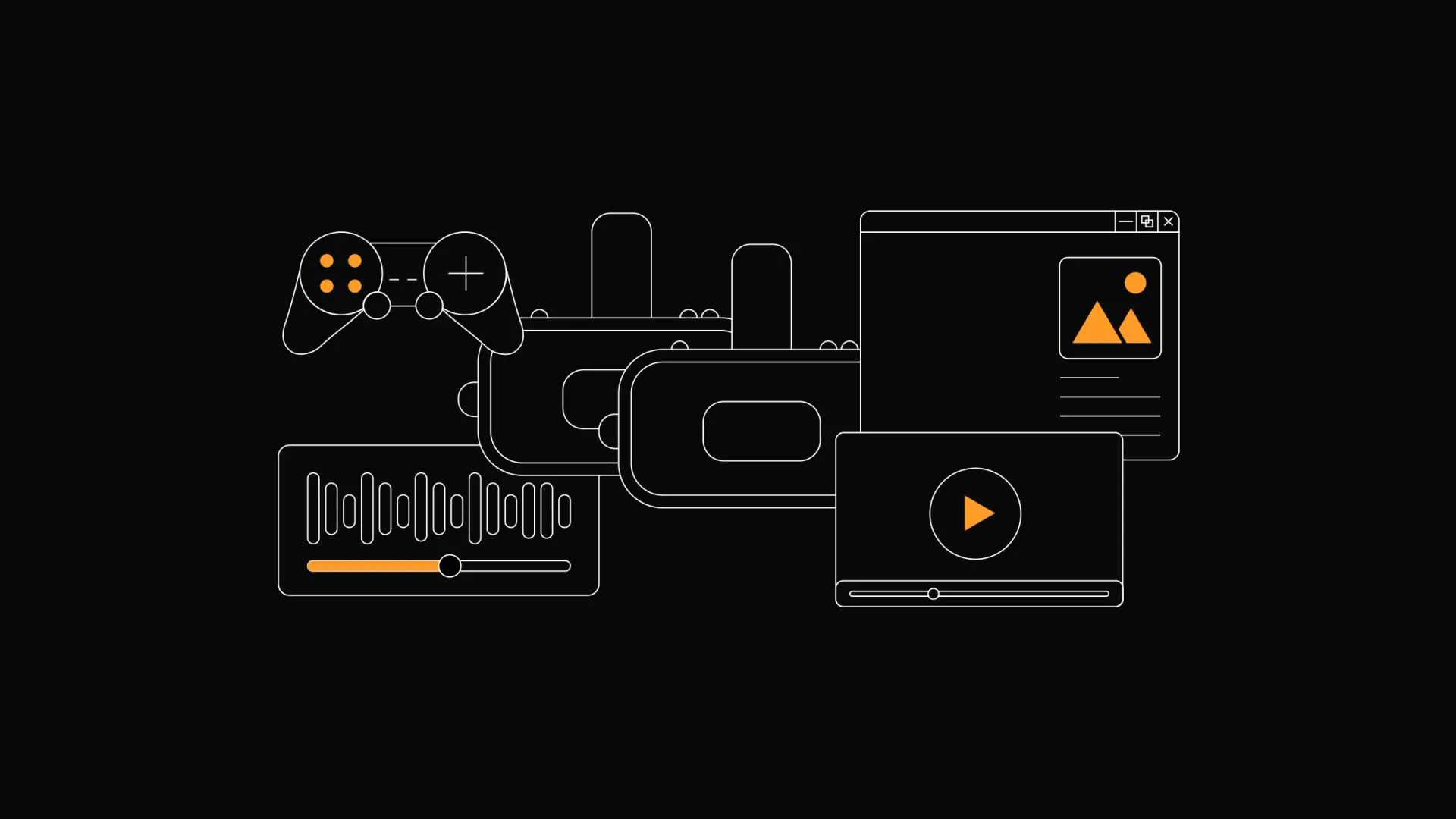
What is Mixed Reality (MR)?
Mixed Reality (MR) is an advanced subset of Extended Reality (XR) technologies, surpassing both Virtual Reality (VR) and Augmented Reality (AR). Unlike VR, which immerses users in a fully virtual environment, and AR, which overlays digital elements onto the real world, MR seamlessly blends the real and digital worlds. This integration allows virtual objects to interact with physical spaces in real-time.
With MR, you can view a 3D model of a product placed in your actual environment. This allows you to walk around it, move it, and interact with it as if it were physically present. This advanced technology enables a more natural and immersive interaction between virtual and real elements.
What is Collaborative Mixed Reality (MR)?
Collaborative Mixed Reality (MR) takes MR technology further by enabling multiple users to work together in a shared virtual space where both real and digital objects coexist. Even if users are in different locations, they can see and interact with the same virtual elements in real time, as if they were in the same room. This fosters intuitive teamwork, allowing users to collaborate on tasks, share ideas, and simultaneously engage with both physical and digital worlds.
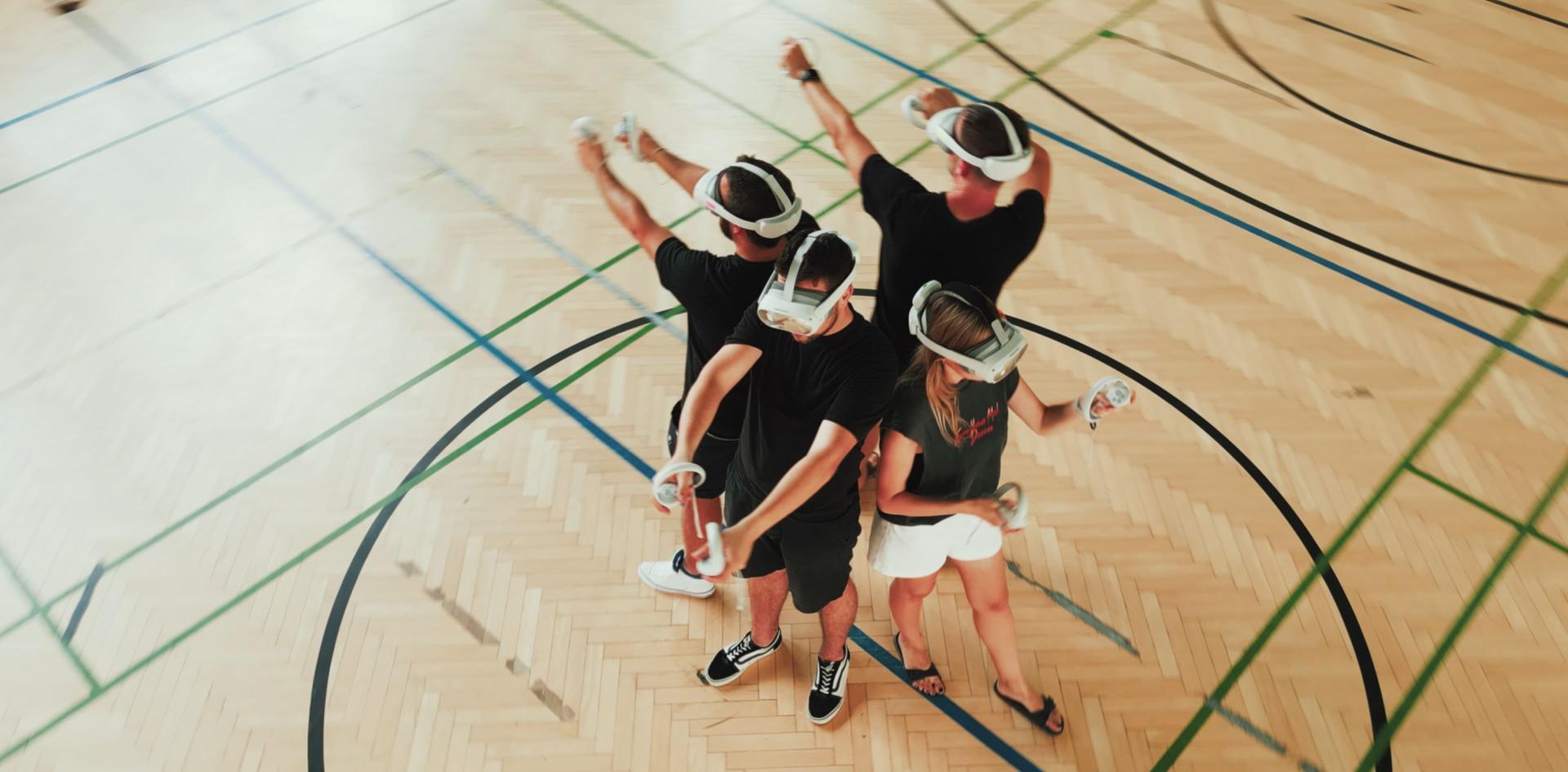
Requirements for an MR Experience
For an optimal collaborative MR experience, it is best if all participants use MR headsets. These headsets connect to the Internet or a local network, ensuring that everyone can see and interact with the same digital objects in real-time. This connectivity keeps the MR environment synchronized, so any changes made by one user are instantly visible to others. This setup creates a shared virtual workspace where users can seamlessly interact with both digital and real-world elements.
Collaborative MR Possibilities
Collaborative MR offers transformative potential across various industries, enhancing how teams work together:
- Architecture and Construction: Teams can collaboratively explore and modify virtual models of buildings, visualize designs, and make adjustments before physical construction begins.
- Healthcare: Medical professionals can simulate surgeries, plan complex procedures, and train in a realistic, risk-free environment.
- Manufacturing and Engineering: Engineers can collaborate on product designs and prototypes, testing and refining concepts in a virtual space.
- Education and Training: Instructors and students can engage in interactive virtual classrooms and simulations, providing hands-on learning experiences.
- Automotive Industry: Designers and engineers can develop and test vehicle designs and features in a shared virtual space.
- Retail: Retail teams can design store layouts, visualize product placements, and create virtual showrooms.
- Entertainment and Media: Creative teams can collaborate on movies, video games, and virtual events, adjusting digital content in real-time.
- Real Estate: Agents and clients can conduct virtual property tours, discuss layouts, and make decisions remotely.
- Telecommunications: Teams can simulate and plan network deployments, troubleshoot issues, and optimize coverage in virtual models.
- Aerospace and Defense: Experts can collaborate on aircraft and defense system designs, reducing the need for physical prototypes.
Collaborative XR helps teams work more effectively across distances by providing a shared virtual environment for real-time interaction and collaboration.
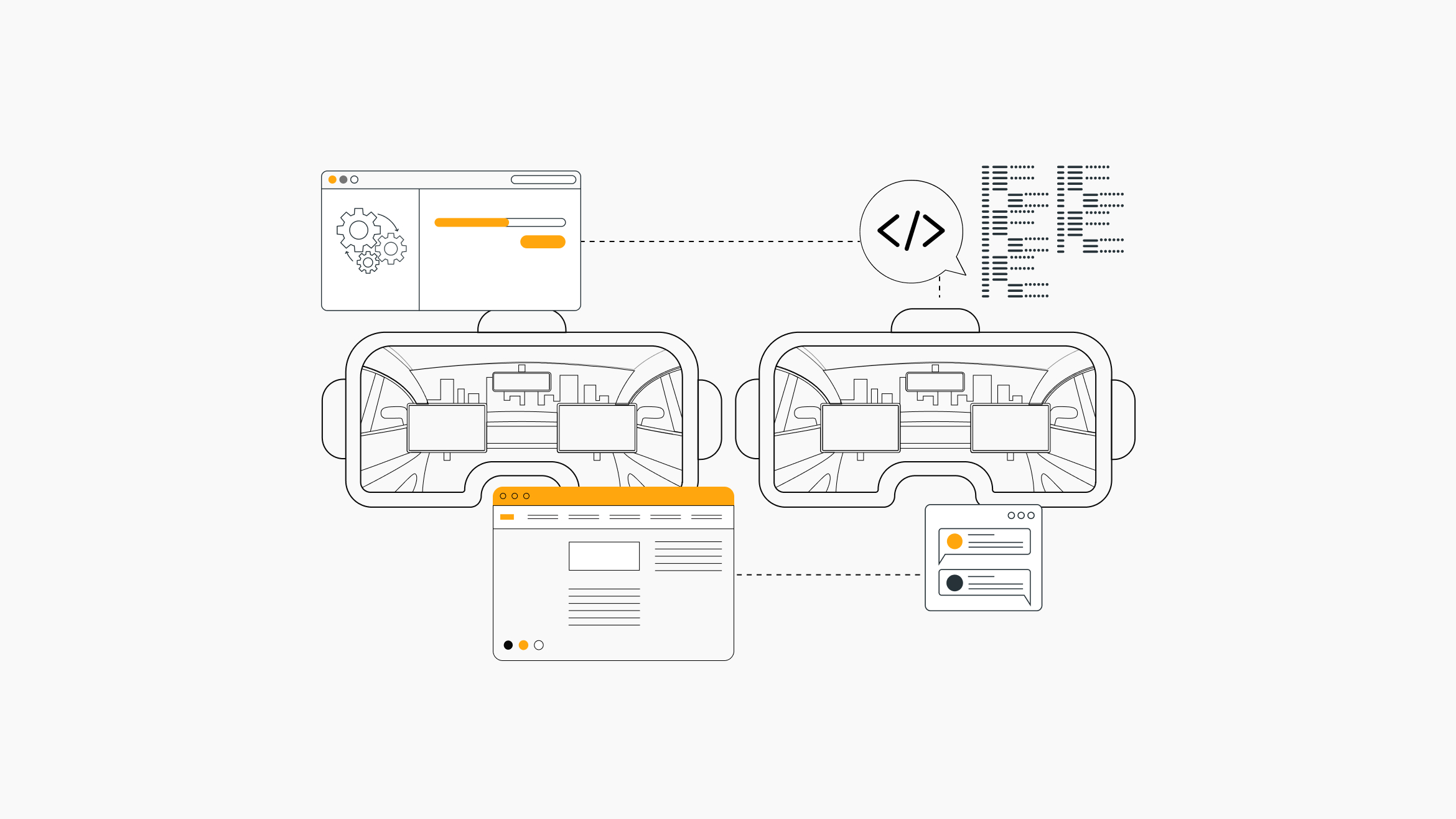
The Role of Collaborative XR in Industry 4.0
Industry 4.0, also known as the Fourth Industrial Revolution, represents the next stage in manufacturing and business transformation. It focuses on creating smart, interconnected systems. While previous industrial revolutions focused on individual factory automation, Industry 4.0 combines connectivity, data analytics, and automation to develop efficient cyber-physical systems.
Collaborative XR plays a significant role in this transformation, particularly in enhancing Human-Machine Interaction. It integrates seamlessly with other Industry 4.0 technologies, such as:
- Connectivity, Data, and Computational Power
- Analytics and Intelligence
- Advanced Engineering
MR facilitates the shift towards more integrated and efficient industrial processes by improving interactions between digital and physical systems.

